
The Samsung Galaxy Watch4 Series: A Comprehensive Review
The Samsung Galaxy Watch4 Series—comprising the Galaxy Watch4 and the Galaxy Watch4 Classic—is a significant step forward in Samsung’s smartwatch lineup. These watches offer a harmonious blend of fitness tracking, smart functionality, and user customization, all packed into stylish and durable designs. This article will break down the differences and similarities between the two models, explore what makes them special, and offer insights into their features.
By the end, you’ll have a full understanding of these watches, making it easier to decide which one is best for you.
Introduction to the Samsung Galaxy Watch4 Series
Samsung introduced the Galaxy Watch4 Series in August 2021, marking the return of Wear OS powered by Samsung (a collaboration with Google), which replaced Samsung’s proprietary Tizen OS. This shift allowed for a much wider selection of apps and better integration with Android devices, particularly those in Samsung’s ecosystem.
The series is available in two primary versions:
- Samsung Galaxy Watch4 – A minimalist design with no rotating bezel.
- Samsung Galaxy Watch4 Classic – Featuring a traditional, rugged look with a physical rotating bezel for easier navigation.
Design and Build Quality
Galaxy Watch4:
- Slim and Minimalist: The Galaxy Watch4 is designed for those who prefer a sleek, modern look. It comes in two sizes—40mm and 44mm—both made with an aluminum case.
- Virtual Rotating Bezel: It replaces the traditional physical rotating bezel found in previous models with a virtual bezel that responds to touch.
- Lightweight: Weighing just 25.9g for the 40mm model and 30.3g for the 44mm model, it’s one of the most comfortable smartwatches to wear all day long.
Galaxy Watch4 Classic:
- Classic, Rugged Look: The Classic version is available in 42mm and 46mm sizes, with a stainless steel body that feels more premium and durable.
- Physical Rotating Bezel: The iconic physical rotating bezel allows for easier and more intuitive navigation of the watch’s interface. This feature appeals to users who prefer tactile feedback when interacting with their smartwatch.
- Slightly Heavier: The Classic models are heavier than the regular Watch4, weighing 47g and 52g for the 42mm and 46mm models, respectively, giving it a more substantial presence on the wrist.
| Feature | Galaxy Watch4 | Galaxy Watch4 Classic |
|---|---|---|
| Case Material | Aluminum | Stainless Steel |
| Bezel Type | Virtual Rotating Bezel | Physical Rotating Bezel |
| Weight (40mm/42mm) | 25.9g | 47g |
| Weight (44mm/46mm) | 30.3g | 52g |
| Size Options | 40mm, 44mm | 42mm, 46mm |
| Durability | IP68, 5ATM, MIL-STD-810G | IP68, 5ATM, MIL-STD-810G |
Display Quality
Both models boast a Super AMOLED display, which provides vivid colors, sharpness, and excellent brightness levels that make it easy to see your notifications or fitness data even in direct sunlight. The 40mm/42mm models have a 1.2-inch display with a 396 x 396 resolution, while the 44mm/46mm models feature a 1.4-inch display with a higher 450 x 450 resolution.
This high pixel density results in clear, crisp visuals, enhancing the user experience. The Always-On Display (AOD) function ensures that important information is available at a glance, without needing to activate the watch.
Performance and Battery Life
Processor and Storage
Both the Galaxy Watch4 and Watch4 Classic are powered by the Exynos W920 chipset, which offers superior performance and energy efficiency. Coupled with 1.5GB of RAM and 16GB of internal storage, the watches handle multitasking smoothly. The ample storage lets you download apps, store music, and more, all without lagging or slowing down.
Battery Life
Battery performance differs slightly between the different sizes:
- The 40mm/42mm models house a 247mAh battery.
- The 44mm/46mm models come with a 361mAh battery.
On a single charge, users can expect up to 40 hours of use, although this varies depending on features like GPS and the Always-On Display. Fast charging is supported, meaning you can quickly top up the battery when needed.
Health and Fitness Tracking
Perhaps one of the most compelling reasons to opt for the Galaxy Watch4 series is its extensive health and fitness tracking capabilities. Samsung introduced the new BioActive sensor, which combines three powerful health sensors into one:
- Optical Heart Rate Sensor
- Electrical Heart Sensor (ECG)
- Bioelectrical Impedance Analysis (BIA)
These sensors enable the watches to monitor heart rate, perform ECG readings, and even measure body composition—including body fat percentage, skeletal muscle mass, and body water levels—using BIA technology, which is typically found in professional fitness equipment.
Other key fitness features include:
- Blood Oxygen Monitoring (SpO2)
- Sleep Tracking: Provides advanced insights into your sleep stages, including deep sleep, light sleep, REM cycles, and blood oxygen levels during sleep.
- Workout Modes: Supports 90+ workout modes, from running and cycling to HIIT and swimming, thanks to its 5ATM water resistance.
Software and Connectivity
Running Wear OS 3 powered by Samsung, the Galaxy Watch4 series gives users access to the Google Play Store, offering a wide range of apps like Google Maps, Spotify, and Strava. This is a huge advantage over previous models that were limited to Samsung’s Tizen OS.
The interface is enhanced by One UI Watch 3, Samsung’s custom software layer, which integrates seamlessly with the company’s Galaxy smartphones and offers easy access to key features like Samsung Pay and Bixby voice assistant.
For connectivity, both models support:
- Bluetooth 5.0
- Wi-Fi
- NFC for contactless payments via Samsung Pay
- Optional LTE models for standalone cellular connectivity, allowing users to make calls, send texts, and stream music without needing their phone.
Special Features
Body Composition Analysis
One of the standout features of the Galaxy Watch4 is the BIA (Bioelectrical Impedance Analysis) sensor. This sensor can analyze your body composition, providing a detailed breakdown of metrics like body fat percentage, skeletal muscle mass, and body water levels. For fitness enthusiasts and those keen on keeping track of their health metrics, this is a game-changer.
ECG and Blood Pressure Monitoring
Both watches are equipped with an ECG sensor, enabling you to take electrocardiogram readings directly from your wrist. The Watch4 series can also monitor your blood pressure, although this feature is available in select regions and requires regular calibration with a traditional cuff.
Virtual Rotating Bezel
For users of the standard Watch4, the virtual rotating bezel allows you to scroll through menus by running your finger along the outer edge of the display. While it doesn’t offer the tactile feedback of the physical bezel on the Classic model, it’s a smooth and functional way to navigate.
Key Differences Between Galaxy Watch4 and Watch4 Classic
| Feature | Galaxy Watch4 | Galaxy Watch4 Classic |
|---|---|---|
| Design | Sleek, minimalistic | Classic, rugged |
| Bezel | Virtual rotating bezel | Physical rotating bezel |
| Material | Aluminum | Stainless Steel |
| Weight | Lightweight | Heavier, premium feel |
Buy Links for Each Variant
- Samsung Galaxy Watch4 40mm (Bluetooth): Buy on Amazon
- Samsung Galaxy Watch4 Classic 46mm (Bluetooth): Buy on Amazon
Conclusion
The Samsung Galaxy Watch4 series offers something for everyone. Whether you prefer the sleek design of the Watch4 or the timeless look of the Watch4 Classic, both models provide cutting-edge health tracking, a seamless user interface, and plenty of smart features. They represent the best that Samsung has to offer in the wearable space, with the Wear OS integration making these watches more versatile than ever before.
With the choice of two distinct designs, robust fitness and health features, and a smooth interface, the Galaxy Watch4 and Watch4 Classic stand out as some of the best smartwatches on the market today.









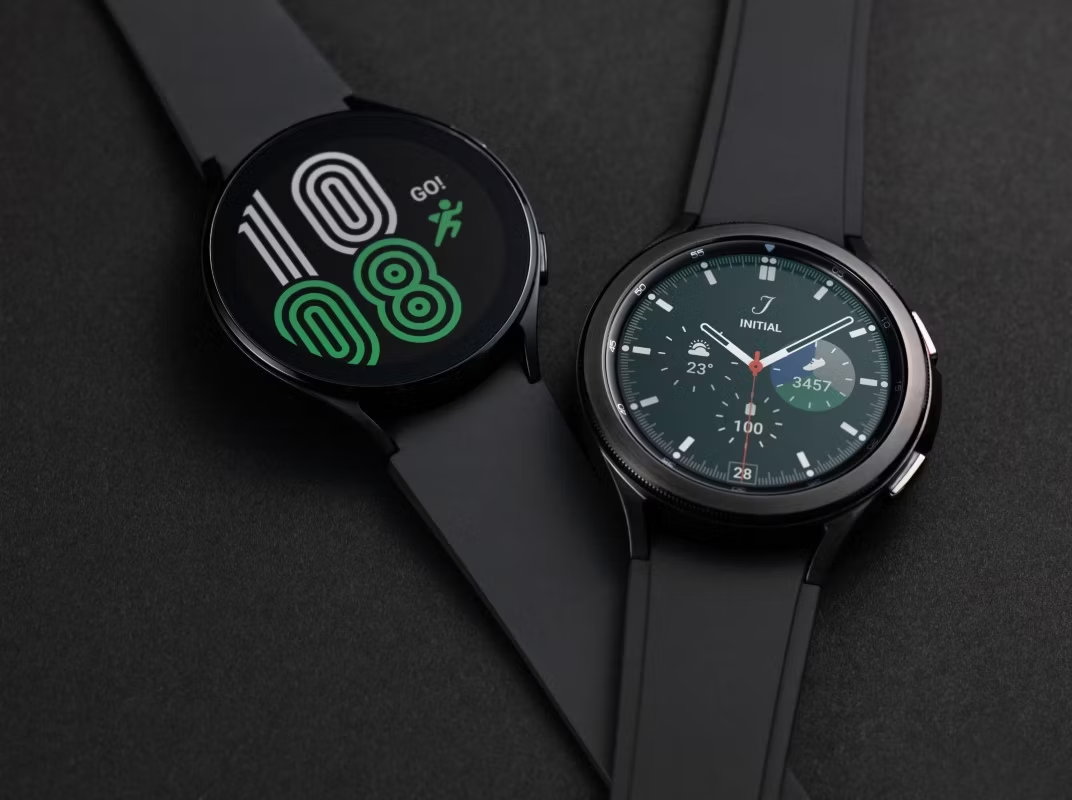
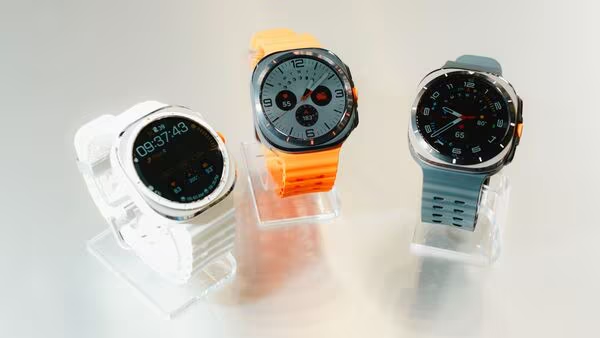
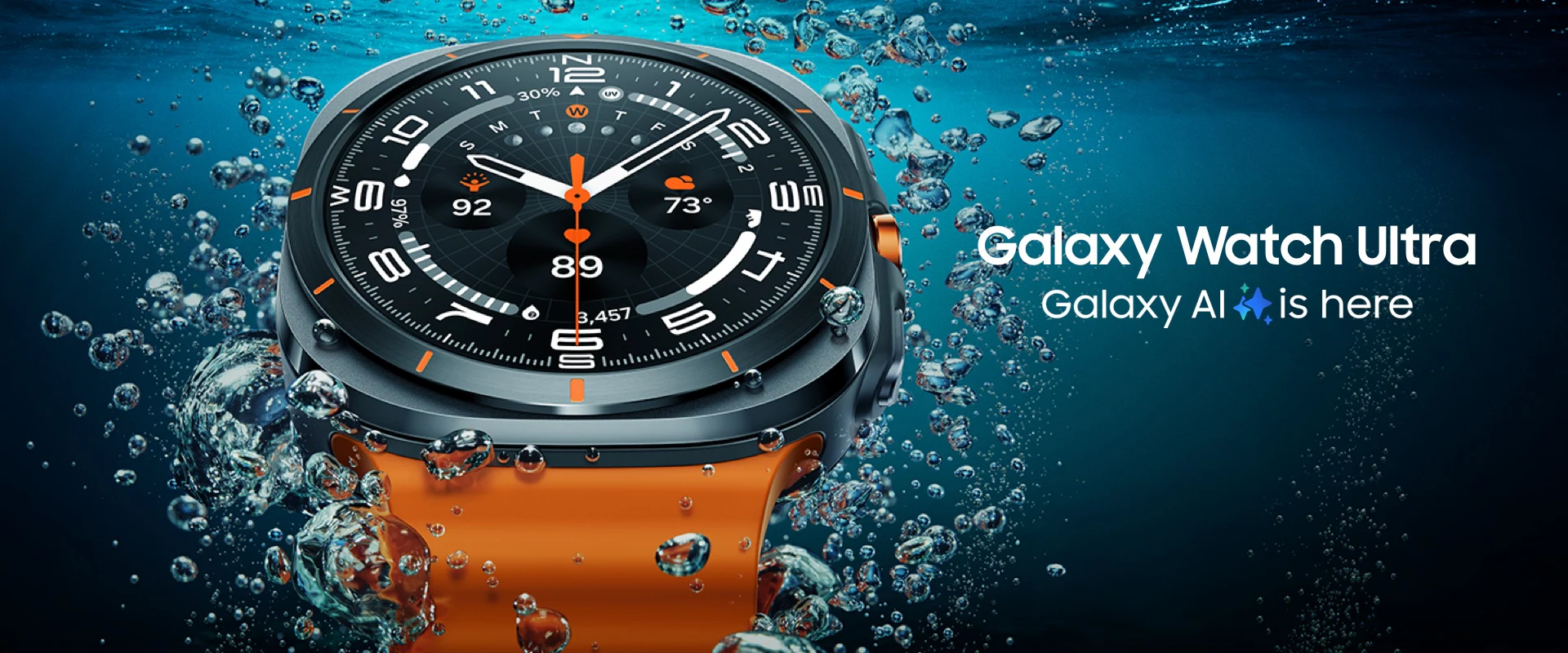
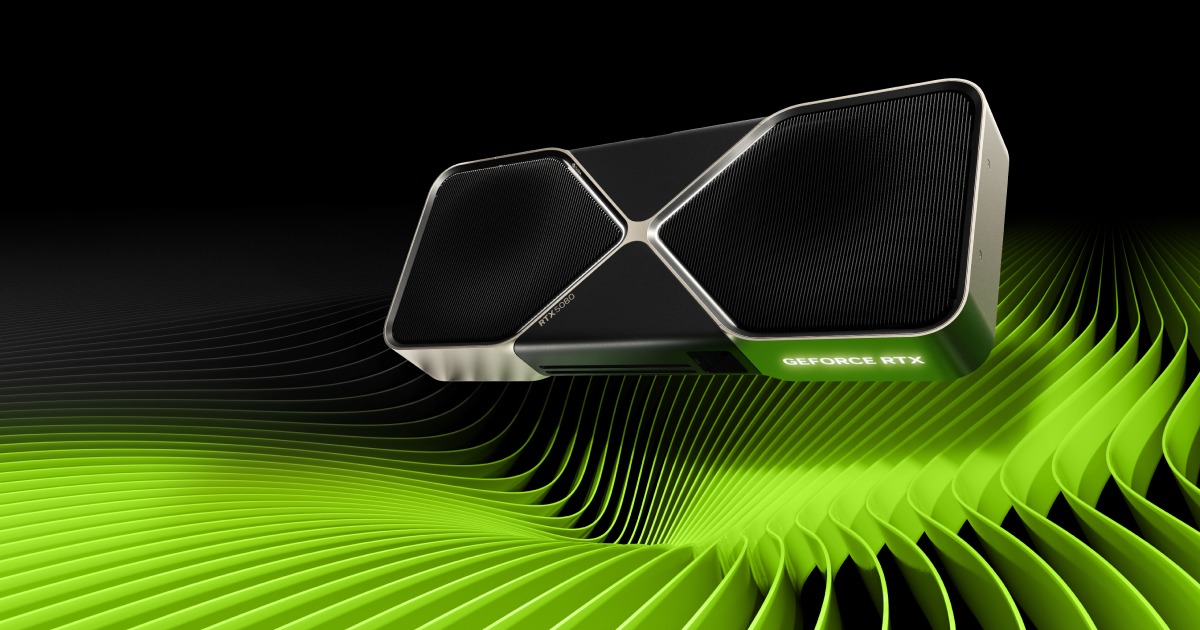
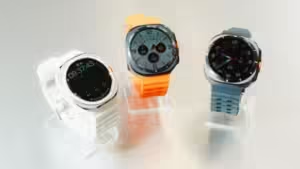

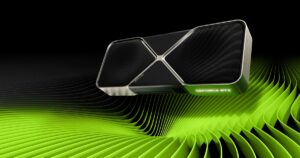
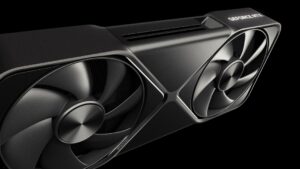

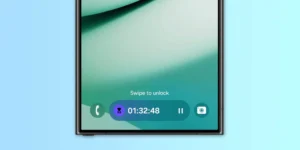
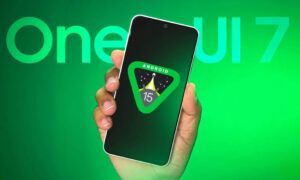
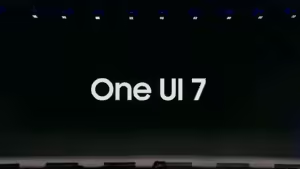

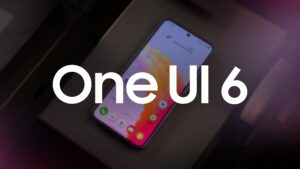
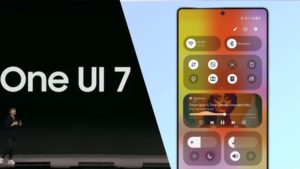
Post Comment